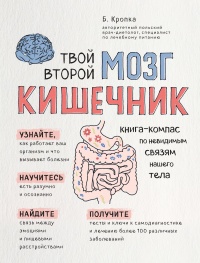Книга Чувства: Нейробиология сенсорного восприятия - Роб Десалл
На нашем литературном портале можно бесплатно читать книгу Чувства: Нейробиология сенсорного восприятия - Роб Десалл полная версия. Жанр: Книги / Медицина. Онлайн библиотека дает возможность прочитать весь текст произведения на мобильном телефоне или десктопе даже без регистрации и СМС подтверждения на нашем сайте онлайн книг knizki.com.
Шрифт:
-
+
Интервал:
-
+
Закладка:
Сделать
Перейти на страницу:
Перейти на страницу:
Внимание!
Сайт сохраняет куки вашего браузера. Вы сможете в любой момент сделать закладку и продолжить прочтение книги «Чувства: Нейробиология сенсорного восприятия - Роб Десалл», после закрытия браузера.
Книги схожие с книгой «Чувства: Нейробиология сенсорного восприятия - Роб Десалл» от автора - Роб Десалл:
Комментарии и отзывы (0) к книге "Чувства: Нейробиология сенсорного восприятия - Роб Десалл"
























